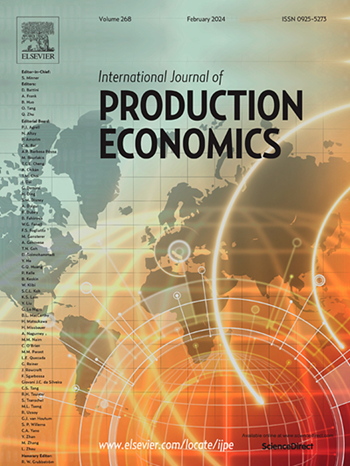Dual pricing with purchase hassle
IF 9.8
1区 工程技术
Q1 ENGINEERING, INDUSTRIAL
引用次数: 0
Abstract
Previous research indicates that hassle cost reduces consumers' utility and hurts sellers' profits. However, counterintuitively, some sellers, particularly those who sell online, purposefully increase the hassle cost of purchasing their products. Our work examines how sellers effectively apply dual pricing with purchase hassle to increase their profit and how it affects consumers' purchasing decisions and utility. Different from previous studies, we take into account both the heterogeneities of consumers' product valuations and hassle costs. We find that when consumers' hassle costs are independent of their product valuations, decrease or concavely increase in the product valuations, dual pricing with purchase hassle reduces sellers' profits. When consumers' hassle costs are convex increasing in their product valuations and the relative increasing rate is high, sellers can obtain additional profit through dual pricing. Moreover, under dual pricing, consumers' utility is non-monotonic in their product valuations. Finally, we extend our model to the case where the former full price is kept while switching to dual pricing, the case with network effects, the case where the cost to sellers of offering dual pricing is higher than single pricing, as well as the implications on consumer surplus. In these cases, our findings remain applicable.
求助全文
约1分钟内获得全文
求助全文
来源期刊
CiteScore
21.40
自引率
7.50%
发文量
266
审稿时长
52 days
期刊介绍:
The International Journal of Production Economics focuses on the interface between engineering and management. It covers all aspects of manufacturing and process industries, as well as production in general. The journal is interdisciplinary, considering activities throughout the product life cycle and material flow cycle. It aims to disseminate knowledge for improving industrial practice and strengthening the theoretical base for decision making. The journal serves as a forum for exchanging ideas and presenting new developments in theory and application, combining academic standards with practical value for industrial applications.

 求助内容:
求助内容: 应助结果提醒方式:
应助结果提醒方式:


